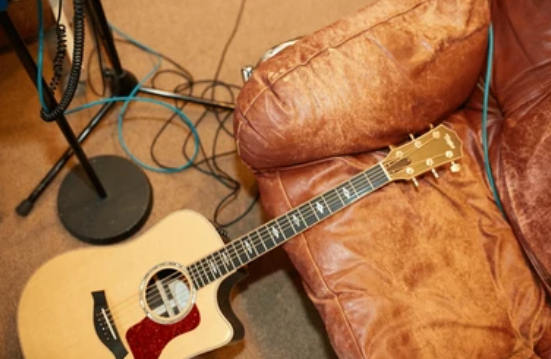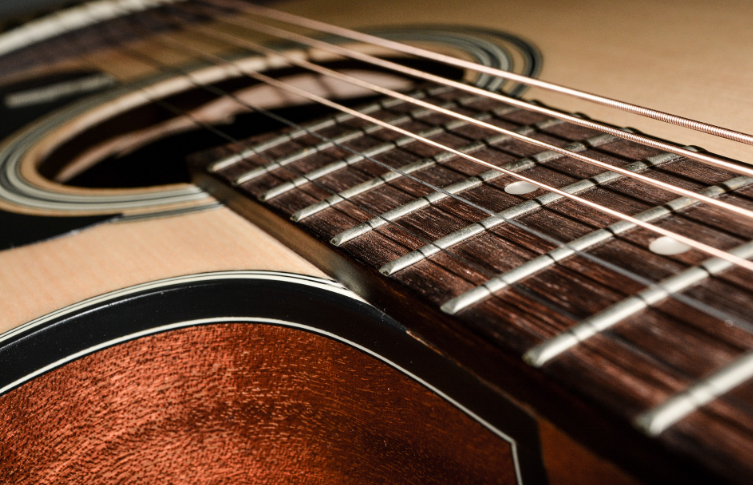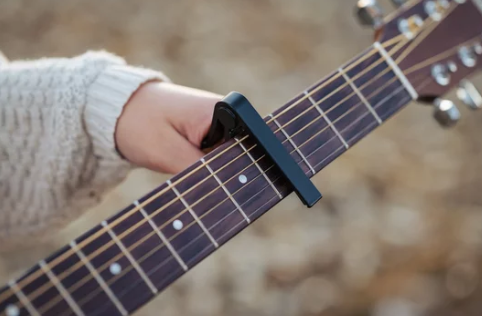Memorizing the Guitar Fretboard: Simple Tips for Beginners

As a beginner guitarist, one of the most empowering things you can do for your playing is to memorize the fretboard. Knowing where each note lives opens up new possibilities for improvisation, learning songs by ear, and an overall understanding of music theory. While it may seem overwhelming at first, breaking the fretboard down into smaller, digestible pieces makes the process much easier. In this guide, I’ll walk you through some simple tips to help you memorize the fretboard and elevate your guitar-playing ability.
Why Memorize the Fretboard?
Before we dive into the tips, let’s talk about why this matters. Imagine trying to have a conversation with someone but not knowing the alphabet. That’s what playing guitar can feel like if you don’t know the notes on your fretboard. Sure, you can get by with chord shapes and scales, but the real freedom comes from understanding where every note is. This helps with:
- Improvising: When you know the notes, you can move freely across the fretboard without feeling stuck in one position.
- Learning Songs: You’ll be able to pick up songs faster because you can identify notes easily.
- Music Theory: If you want to dive deeper into scales, chords, and keys, memorizing the fretboard will give you a strong foundation.
Now, let’s look at some effective strategies to help you memorize the fretboard.
1. Start with the Natural Notes
One of the easiest ways to begin memorizing the fretboard is by learning the natural notes (A, B, C, D, E, F, G) on each string. These notes occur without sharps or flats, and they’ll help you create a solid framework for learning the entire fretboard. Here’s a simple breakdown to get you started:
- E (6th and 1st strings): E, F, G, A, B, C, D, E
- A (5th string): A, B, C, D, E, F, G, A
- D (4th string): D, E, F, G, A, B, C, D
- G (3rd string): G, A, B, C, D, E, F, G
- B (2nd string): B, C, D, E, F, G, A, B
Spend some time working on these notes without worrying about sharps or flats. Memorizing the natural notes gives you reference points that will later help you find all the other notes.
2. Learn Octave Patterns
An easy way to cover more ground without having to memorize every single note on the fretboard is to learn octave patterns. The same note occurs at different locations on the guitar neck, and octave shapes help you quickly find them. For example:
- Starting on the 6th string, the note on any fret will have an octave on the 4th string, two frets higher.
- Starting on the 5th string, the note on any fret will have an octave on the 3rd string, two frets higher.
By visualizing these patterns, you can start memorizing clusters of notes. If you know where an E note is on the 6th string, you can instantly locate another E on the 4th string by following the pattern.
3. Use Landmarks on the Fretboard
The fretboard has built-in landmarks: dots and inlays at specific frets (usually at the 3rd, 5th, 7th, 9th, 12th, etc.). Use these to your advantage! Memorize what notes occur on these frets on each string, as they’re easy to locate.
- The 12th fret is the octave of the open strings, so memorizing the notes at this fret is essential.
- The 5th and 7th frets are also common points for tuning and can help you locate notes relative to other strings.
Think of these frets as anchor points that you can build your note knowledge around.
4. Break It Down by String
Another effective strategy is to memorize the notes on each string individually. Focus on one string per practice session, and once you’ve mastered that, move on to the next string.
For example, start with the low E string (6th string). Memorize all the notes on that string first before moving to the A string (5th string). Once you’re comfortable with the notes on two strings, try combining them in practice exercises.
5. Practice with Fretboard Games
Turn the memorization process into a fun game by testing yourself. Here are a few ideas:
- Random Note Game: Challenge yourself to locate a random note across all strings. For instance, where are all the F# notes? Can you find them quickly?
- Interval Practice: Practice recognizing intervals between notes on different strings. This strengthens both your ear and your fretboard knowledge.
- Find It Faster: Use a timer to find notes as quickly as possible on different parts of the fretboard. As you improve, shorten the time to increase the challenge.
By gamifying the process, you’ll stay engaged and motivated.
6. Use Mnemonics and Associations
Creating mnemonics or visual associations for certain notes or patterns can help speed up your memorization. For example:
- Think of the E, A, D, G, B, and E strings as a sentence: “Every Adult Dog Growls Before Eating.”
- Associate the position of notes with words, colors, or images that are easy for you to remember.
Anything that makes the notes more memorable for you personally will help solidify the information in your mind.
7. Apply It to Real Playing
Memorizing notes doesn’t have to be an isolated exercise. Apply your knowledge to real music! As you play songs, take time to identify the notes you’re playing. Work on scales and arpeggios, and make sure you know the name of each note you hit.
By incorporating fretboard memorization into your daily practice, you’ll make learning more practical and meaningful.
Final Thoughts
Memorizing the fretboard doesn’t have to be a tedious task. With patience, consistency, and the strategies outlined above, you’ll find yourself becoming more comfortable navigating the guitar neck. Not only will this enhance your technical skills, but it will also open up new avenues of creativity and expression.
Keep practicing and enjoy the journey—before long, the fretboard will become second nature!
By focusing on small, incremental steps, memorizing the fretboard can be a rewarding process. Whether you start with octave patterns, landmark frets, or simple string-by-string memorization, the key is to stay consistent and engaged. With time, you’ll be able to navigate the fretboard with ease, unlocking new levels of playing and improvisation.
Interested in taking your guitar skills to the next level? Click the below and book a free lesson with us! We’re committed to helping you express yourself freely on the guitar without endless scales and theory. Happy playing!
Author: Daniel Powers Jr, the founder of Real Brave™, serves as the chief inspiration to thousands of students in the Real Brave music instruction program. He’s also the visionary behind PracticePad™, an online platform for live one-on-one online music lessons, lesson tracking, and scheduling. Beyond his entrepreneurial pursuits, Daniel leads a non-profit organization that provides formerly homeless children with access to music education, making a profound impact on their lives. His unwavering dedication to music, innovation, and education continues to inspire individuals to reach their fullest potential while creating positive change in communities. Follow Real Brave on all the socials:
youtube.com/@realbraveinc
twitter.com/realbraveinc
https://www.tiktok.com/@realbraveinc
instagram.com/realbraveaudio
facebook.com/realbraveinc






